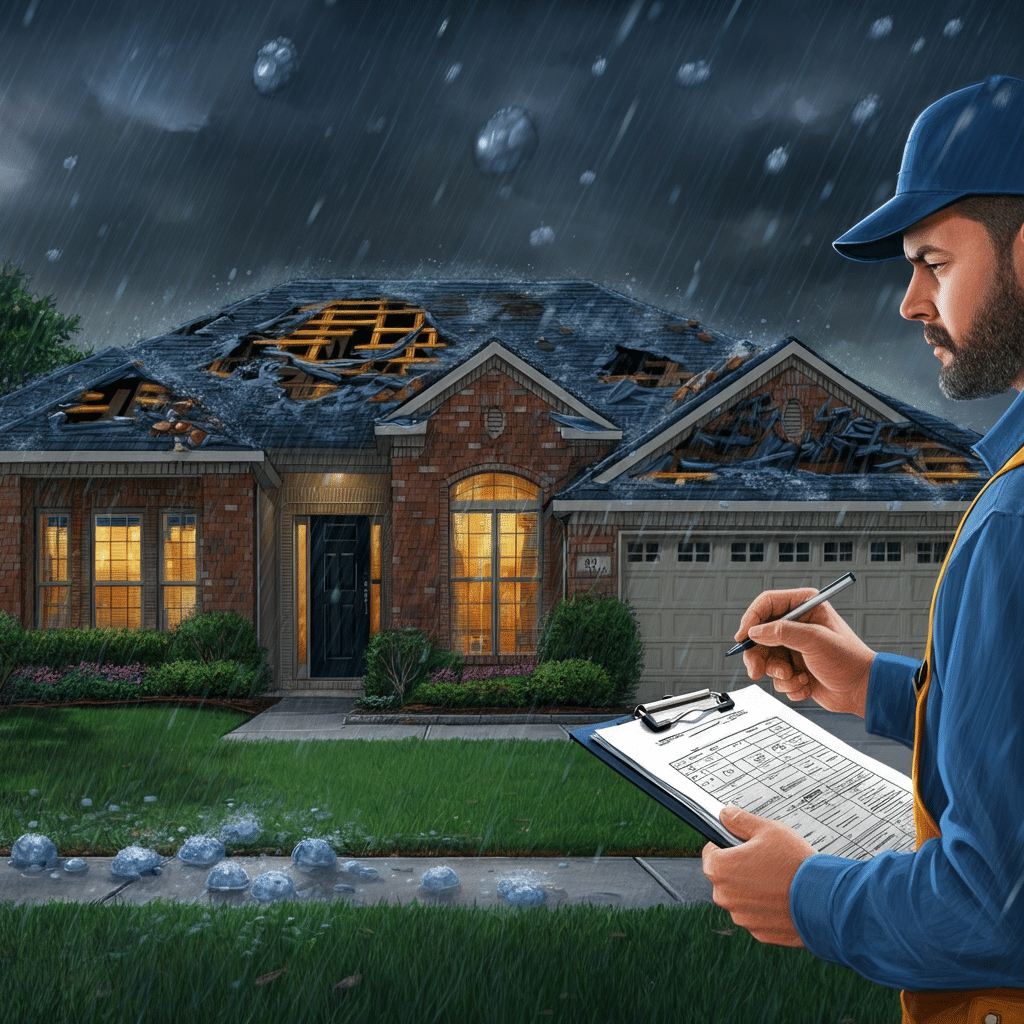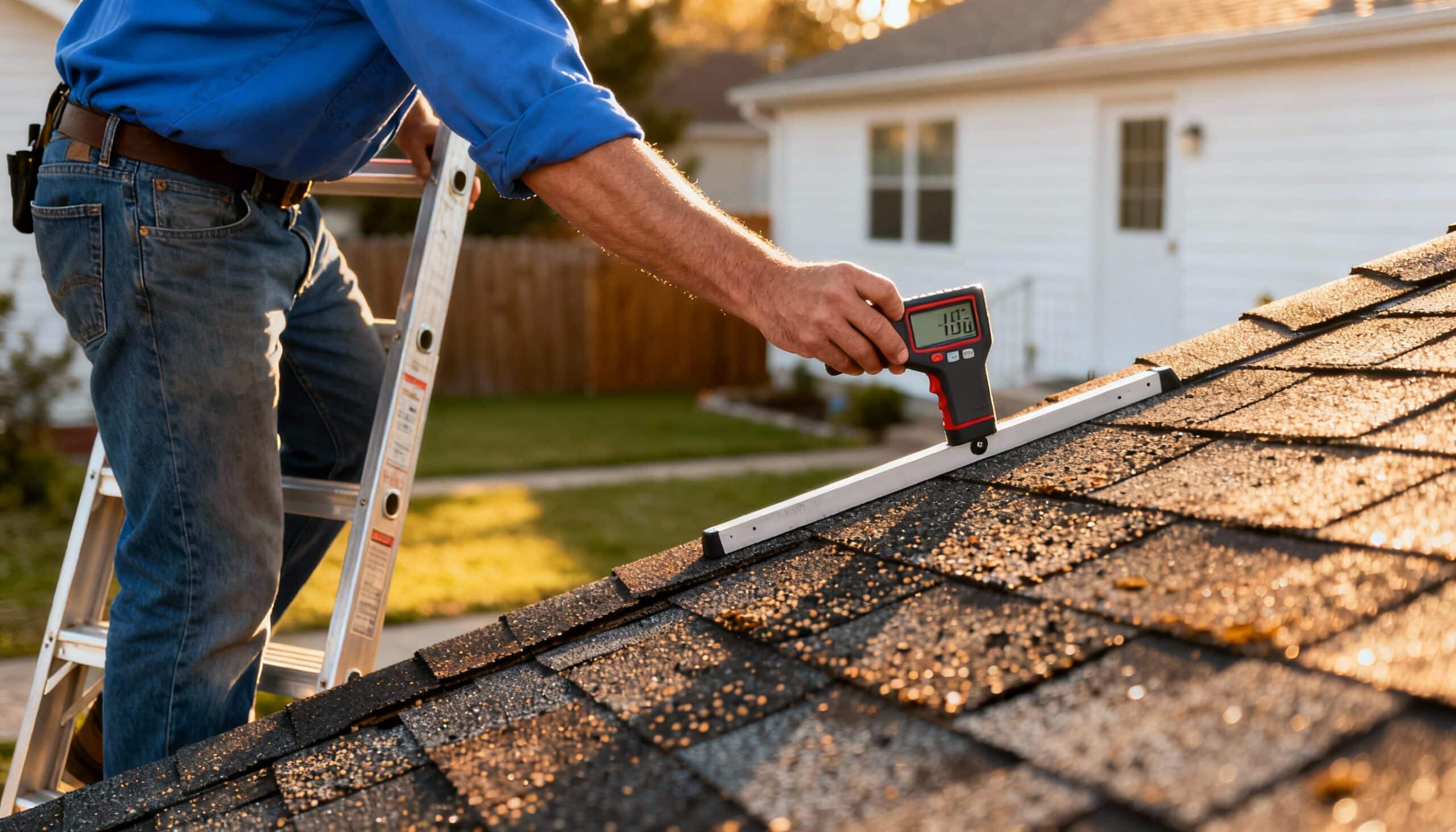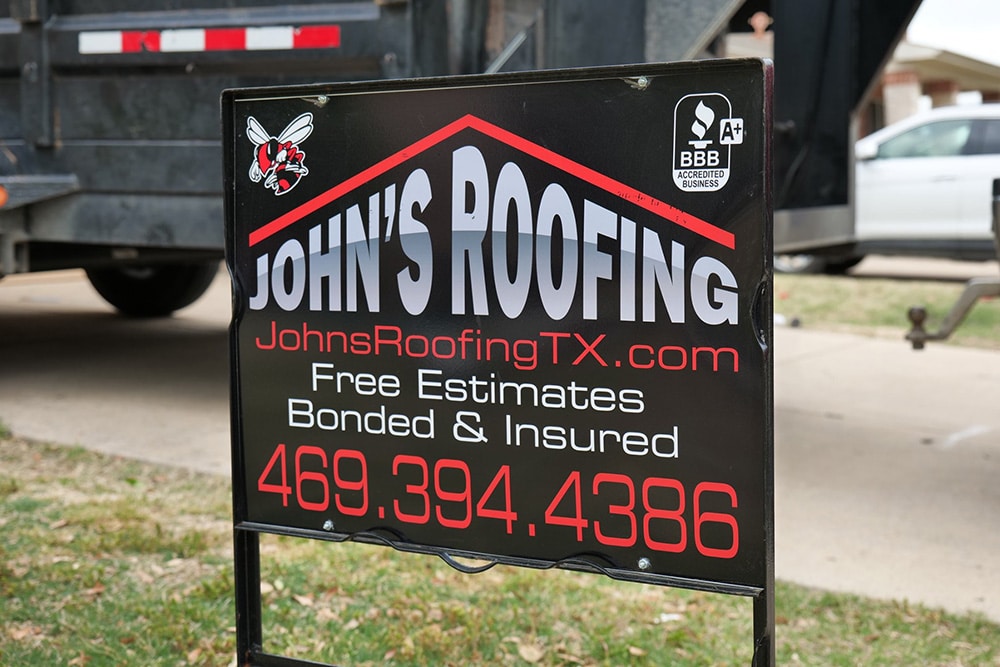Dallas weather is known for its dramatic shifts, and for homeowners, hailstorms are a significant concern. A single storm can leave behind substantial roof damage, creating a stressful and confusing situation. This guide provides a clear path forward. We will walk you through identifying hail damage, the steps to take immediately after a storm, and how to find a trustworthy roofing contractor in Dallas to restore your home’s most important shield.
The Reality of Hail in Dallas
North Texas sits in a region often called “Hail Alley,” and for good reason. The unique atmospheric conditions make the Dallas-Fort Worth area highly susceptible to severe thunderstorms that produce large, damaging hail. These storms are not rare events; they are a regular part of the spring and summer seasons.
The impact of hail on a roof can range from minor cosmetic issues to severe structural compromise. Large hailstones, driven by strong winds, can crack, bruise, and even puncture roofing materials. This damage isn’t just about looks; it can lead to leaks, water damage inside your home, and reduced energy efficiency. Understanding this risk is the first step toward protecting your property.
Identifying Signs of Hail Damage on Your Roof
After a hailstorm passes, it’s crucial to check your roof for damage. Some signs are obvious, while others are subtle and require a closer look. It’s always safest to perform an initial inspection from the ground.
What to look for from the ground:
- Dented Gutters and Downspouts: Aluminum gutters, downspouts, and roof vents are soft and dent easily. Dents here are a strong indicator that your roof likely sustained similar impacts.
- Damaged Siding or Window Screens: Check the exterior of your home for signs of impact, such as cracked siding or torn window screens.
- Debris on the Ground: Look for an accumulation of asphalt granules from your shingles in your yard or near your downspouts. Significant granule loss exposes the shingle’s underlying material to the elements, speeding up its deterioration.
Signs visible on the roof:
For a closer look, a professional hail damage roof inspection is the safest option. A qualified roofer will look for:
- Bruising or Dents: On asphalt shingles, hail hits will look like dark spots or bruises where the granules have been knocked away. The spot may feel soft to the touch, like a bruised apple.
- Cracking: Hail can cause cracks to appear in shingles, creating a “spiderweb” pattern of fractures around the point of impact.
- Exposed Fiberglass Mat: A severe impact can shatter the shingle’s surface, exposing the underlying fiberglass mat. This is a critical issue that requires immediate attention.
Why Timely Roof Repair is Non-Negotiable
Delaying repairs after a hailstorm is a gamble you don’t want to take. What starts as a small, unseen problem can quickly escalate into a major headache.
Moisture is the primary enemy. A single cracked shingle allows water to seep into the roof decking, insulation, and eventually, the interior of your home. This can lead to stained ceilings, damaged drywall, and the growth of mold and mildew, which pose health risks. Over time, persistent moisture will cause the wooden structure of your roof to rot, compromising its integrity and leading to far more expensive repairs. Acting quickly preserves the structural health of your home and prevents minor issues from becoming costly disasters.
Your 4-Step Action Plan After a Hailstorm
Feeling overwhelmed after a storm is normal. Follow these steps to take control of the situation and begin the recovery process efficiently.
Step 1: Schedule a Professional Roof Inspection
Your first call should be to a reputable Dallas roofing contractor for a thorough hailstorm roof inspection. A professional has the training and equipment to safely assess your entire roofing system. They can identify subtle damage you might miss and provide a detailed report on the condition of your roof. This expert assessment is essential for your insurance claim.
Step 2: Document Everything
While waiting for your inspector, document the damage yourself if it is safe to do so. Take clear photos and videos of everything: dents in your gutters, damage to siding, and any visible marks on your shingles (using binoculars from the ground is a safe way to do this). Also, make a note of the date and time of the storm. This evidence will be invaluable when you file your insurance claim.
Step 3: Contact Your Insurance Company
With your professional inspection report and personal documentation in hand, contact your homeowner’s insurance provider to start the claims process. Inform them that your home was hit by hail and you have had the damage professionally assessed. Your insurance company will assign an adjuster to evaluate the damage and determine the scope of the coverage. Your roofing contractor can often meet with the adjuster to ensure all damage is accounted for.
Step 4: Choose a Reliable Contractor for the Repair
Your insurance company will approve the claim and provide funds for the repair or replacement. Now, you must select a contractor to perform the work. It is crucial to choose a company with a proven track record in Dallas.
Choosing the Right Roofing Contractor in Dallas
Not all roofing companies are created equal. The influx of “storm chasers”—out-of-town companies that show up after a storm and disappear just as quickly—makes careful selection vital.
Here are tips for finding a trustworthy partner:
- Look for Local and Established Companies: A contractor with a physical office and a long history in the Dallas area is accountable and will be there to stand by their work for years to come.
- Check for Licensing and Insurance: Verify that the company holds the proper licenses to operate in Texas. Most importantly, ensure they have both general liability insurance and worker’s compensation. This protects you from any liability in case of accidents on your property.
- Ask for References and Read Reviews: A reputable company will gladly provide references from past clients. Look up online reviews on platforms like Google, the Better Business Bureau (BBB), and Angi to see what other homeowners have experienced.
- Get a Detailed, Written Estimate: Do not accept a verbal agreement. The contractor should provide a comprehensive written proposal that details the scope of work, materials to be used, project timeline, and total cost.
- Understand the Warranty: Ask about the warranties offered. There are two types: a manufacturer’s warranty on the materials and a workmanship warranty from the contractor. A good contractor will offer a strong workmanship warranty to guarantee the quality of their installation.
Protecting your home after a hailstorm starts with knowledge and swift action. By following this guide, you can confidently navigate the repair process, from the initial inspection to choosing a quality roofing contractor in Dallas who will restore your peace of mind.














